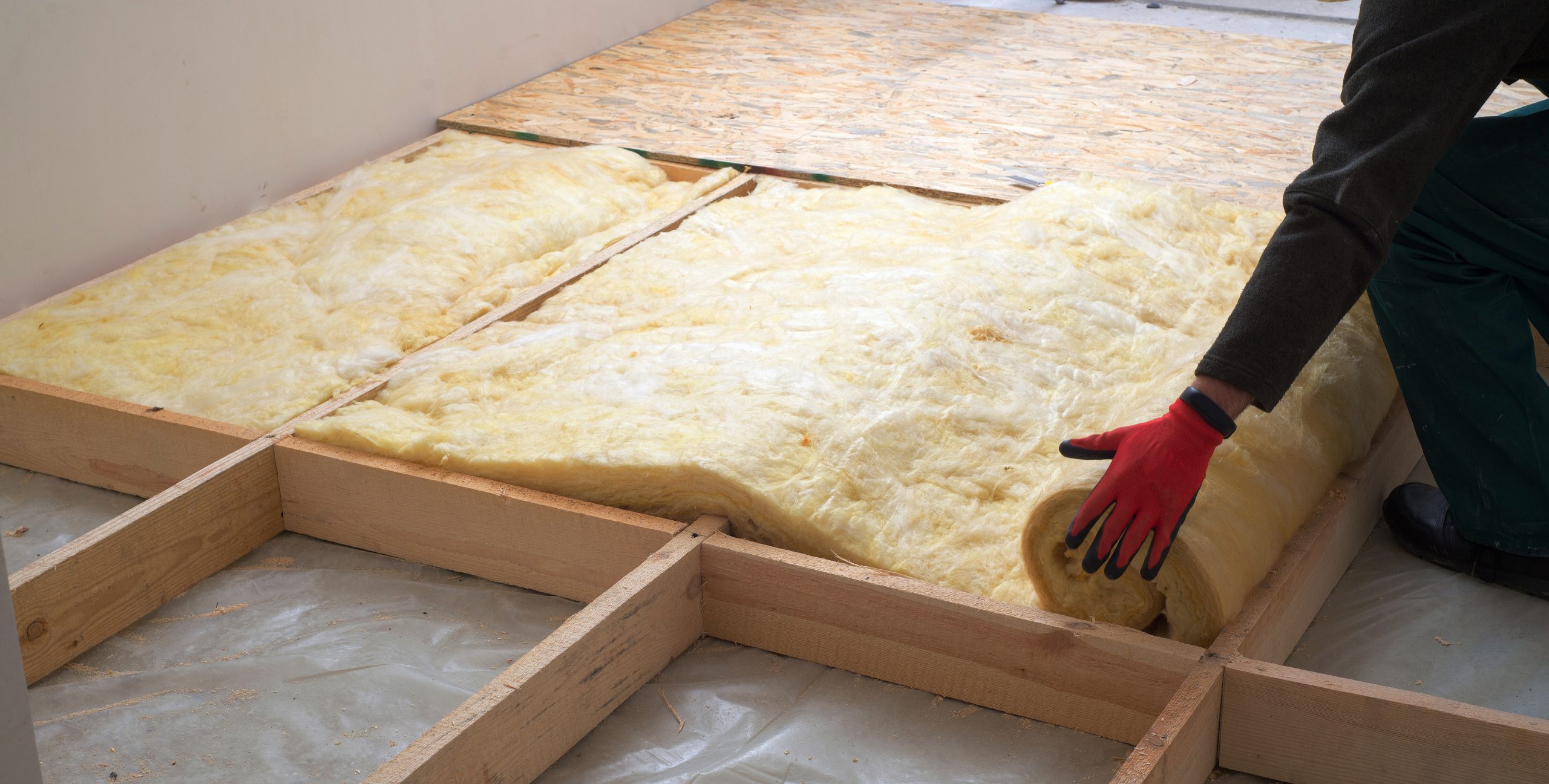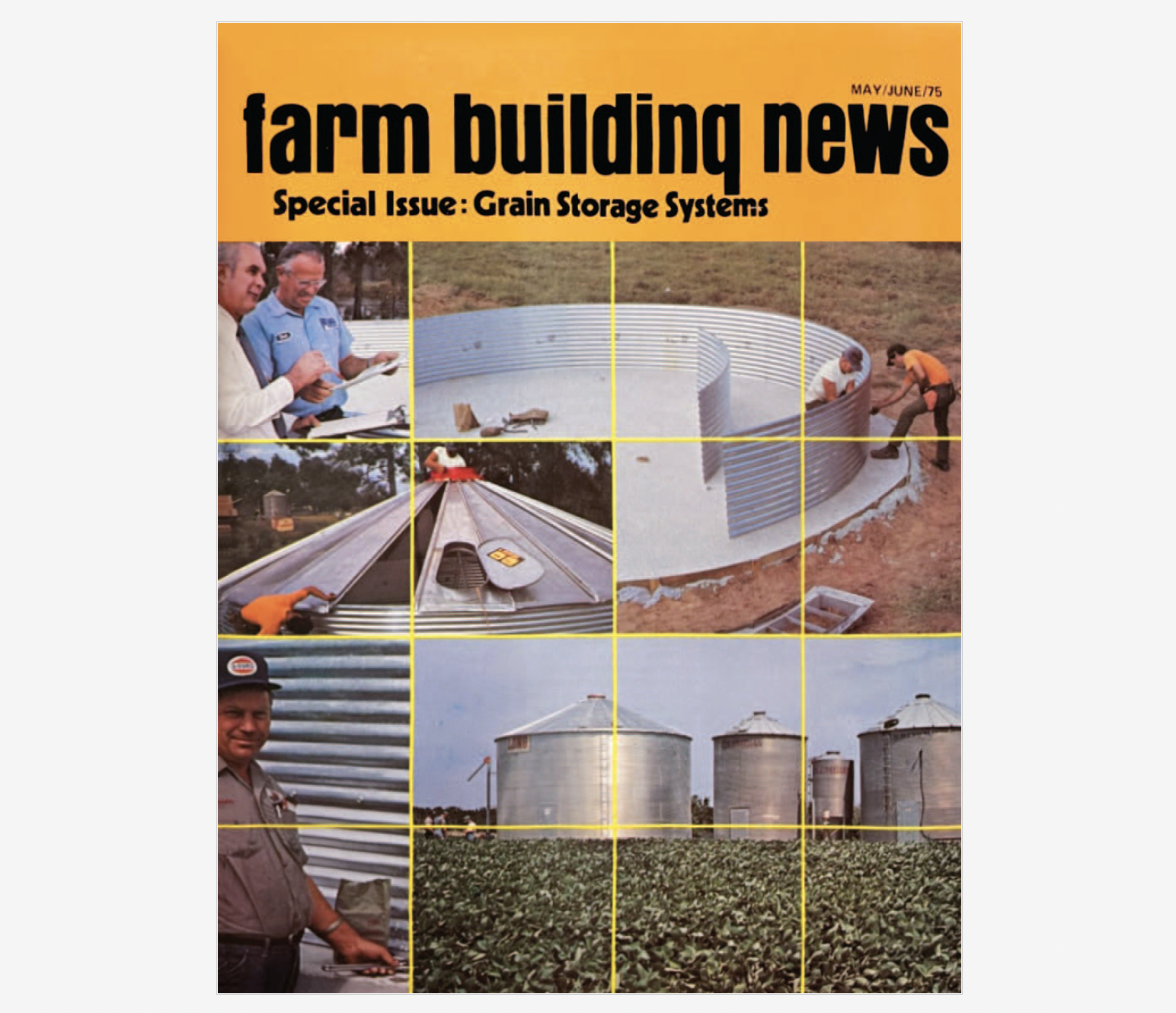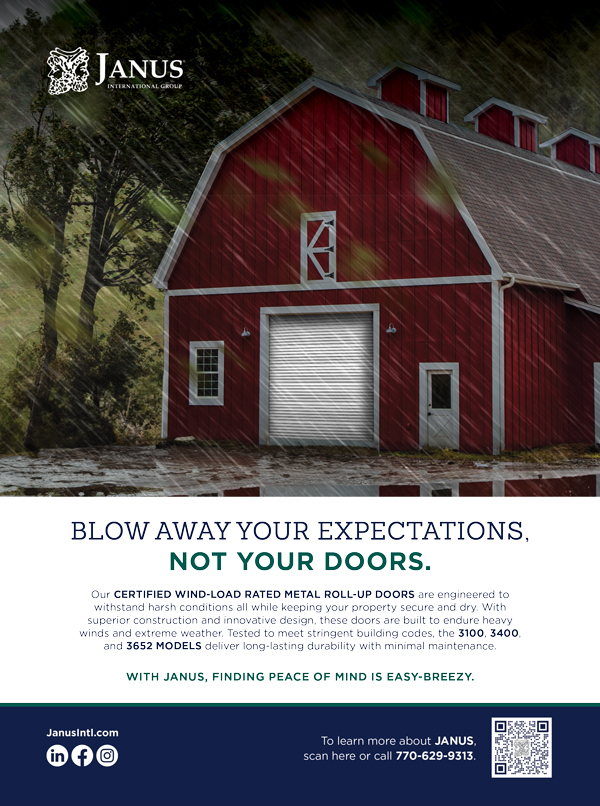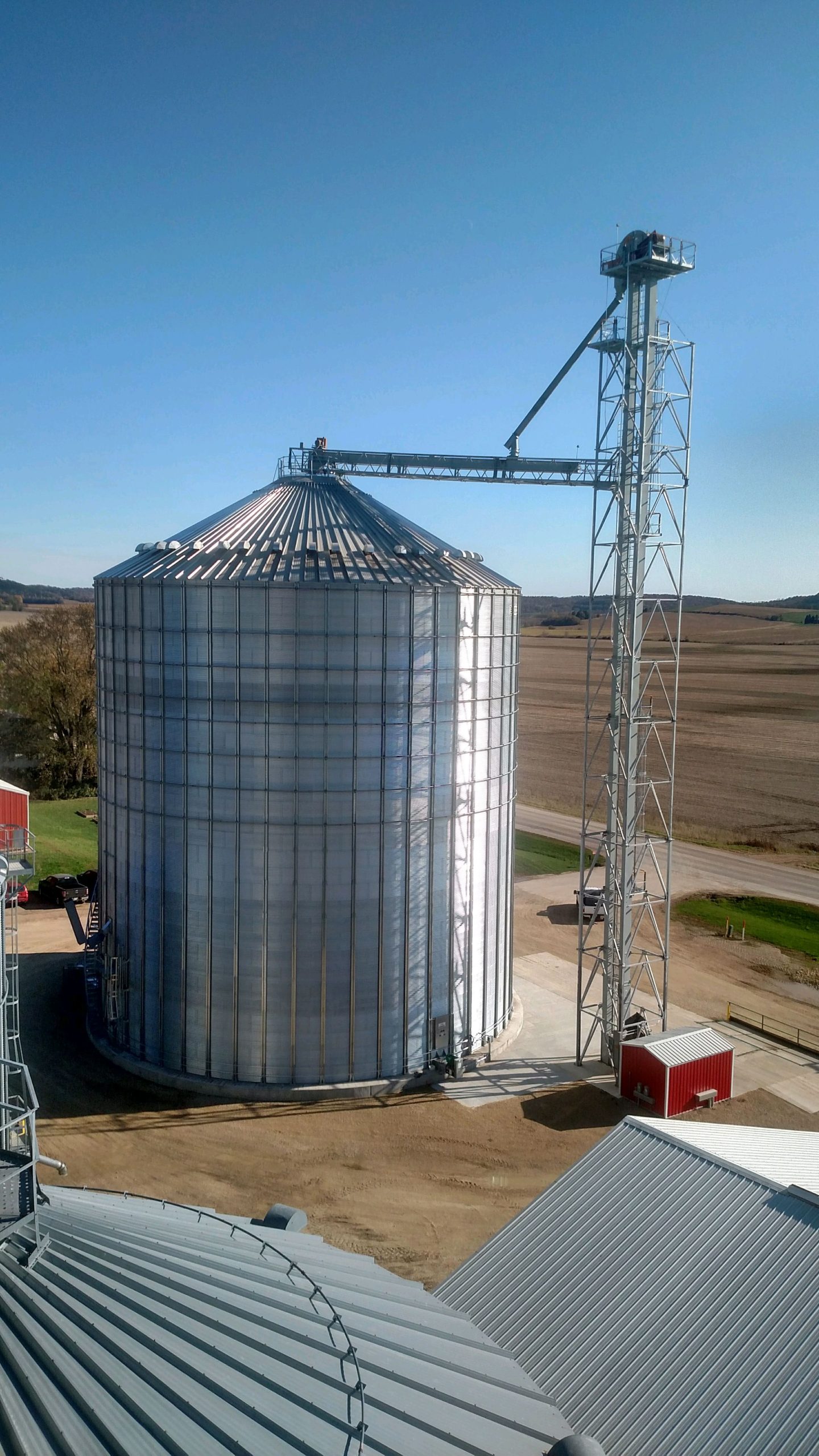By M. F. Bruggert and R. E. Graves,
University of Wisconsin-Extension
Ventilation of farm buildings is a pretty complicated business these days. Farm builders who are involved in the design of buildings and the installation of ventilation equipment should be familiar with the technical terms used by designers and engineers.
Here’s a chance to brush up on basic ventilation terms with a glossary prepared by M. F. Bruggert and R. E. Graves, University of Wisconsin-Extension.
Heat is a form of energy transmitted from one body to another because of temperature difference. The “flow” of heat is from the warmer body to the cooler body.

BTU is the unit of heat most commonly used. It is the amount of heat required to raise one pound of water one degree Fahrenheit.
Temperature refers to the ability of a body to give up or absorb heat. Arbitrary scales have been developed and used to indicate temperature. The two most common are the degree Fahrenheit and the degree Centigrade scales.
Conduction is heat transmission through solid materials separating warm and cold areas. For example, a wall separating the living room of a house from the cold outside will conduct heat to the outside wall surface.
Convection is a heat transfer process due to fluid movement. Cold air is heavier than warms air. When air is heated, it expands and rises, thus carrying away heat from the source. Convection depends on some medium, usually air or water, to convey heat from warmer to colder areas.
Radiation is a heat transfer from one body to another without heating the air between them. The sun is an example of radiation heat transfer.
Coefficient of Thermal Capacity is the amount of heat added to or taken from a substance of unit weight to change its temperature one degree. The units are BTUs per pound-degree. Fahrenheit. Thermal capacity of water is one BTU pound-degree Fahrenheit, air is 0.24 BTUs / cu. ft. air), and water vapor is 0.45 BTUs per pound degree Fahrenheit.
Latent Heat refers to the heat exchanged when a material changes its state of molecular aggregation with out a change in temperature. When ice melts, it absorbs – without a change in temperature – heat at the rate of 144 BTU/lb. If water is vaporized at 212°F, 970 BTU/lb. are absorbed without change in temperature. A reversal in the change-of-state process reverses the heat flow. When water freezes or water vapor condenses, heat is released.
Latent Heat of Fusion refers to the heat involved in a change between a solid and liquid state.
Latent Heat of Vaporization refers to the heat involved in a change between a liquid and vapor state. The latent heat of vaporization of water varies with the temperature. The common value used in designing animal ventilation systems is 1044 BTUs per pound of water.
Sensible Heat is the heat not tied up as Latent Heat of Fusion or Vaporization. Sensible Heat causes a temperature change of the material and is the heat felt from a warm object, e.g., fire. The amount of Sensible Heat tied up in the material due to increase in temperature is calculated from the following equation: Q = M X S x (T1 – T2)
Q = Heat exchanged; M = Mass of material: S = Thermo Capacity of material; T1, T2 = Beginning and final temperatures of material. An example of a sensible heat source is the furnace in a calf barn or milk house.

Mechanical Equivalence of Heat Terms-1 BTU = 778 ft./lbs.; 1 HP HR = 2545 BTUs; 1 KWHR = 3413 BTU’s; 1 ton refrigeration = 12,000 BTUs/hour.
Thermal Conductivity – K is a heat transfer property of a 1 inch thickness of a material, expressed as heat (BTU) per hour that passes through a piece of material 1 inch thick and 1 foot square when the temperature difference between the two sides is 1°F.
Thermal Conductance – C is a heat transfer property of a total thickness of a material; expressed as heat (BTU) per hour that passes through a piece of material of given thickness and 1 foot square when the temperature difference between the two sides is 1°F. (C is for given thickness, K is for 1-inch thickness.)
U-Value, an overall coefficient of heat transmission for a wall, ceiling or floor section; expressed as heat (BTU) per hour that passes through a complete section 1 ft. sq. when the temperature difference between the two sides is 1°F.
R-Value is the ability of a material to resist the flow of heat, insulation value; expressed per inch of thickness or for total thickness. R-values for various components through a wall section may be added to determine the total R-value of the material. For the same wall section, R = 1/U. RB



















